Explore 18th and Vine: Live jazz and hip hop, daquiris, BBQ & a whole lot of history
From late night jazz sessions after a night out to historic landmarks, the 18th and Vine District is a neighborhood full of African American heritage. The neighborhood spans east to west from Indiana Avenue to The Paseo and north to south from about 14th street to 19th street.
The corner of 18th and Vine streets, the district’s namesake, is the most lively intersection in the neighborhood. There are restaurants, theaters, bars and historic monuments all within a few blocks.
“The 18th and Vine neighborhood acted as a city within the city in Kansas City, especially for the Black and African American community,” said James McGee, community partnerships director at the American Jazz Museum. “It was a socio-economic area that allowed for the growth of Black culture in general.”
In the early 1900s, Black Kansas Citians were prohibited from living south of 27th Street, which prompted many Black Americans to live further north, according to the African American Heritage Trail of Kansas City. As people settled in and the community grew, the 18th and Vine corridor became a self-sufficient hub for more than 600 businesses of all kinds.
“That’s where a lot of the African Americans that migrated from the south or the Southwest territories like Texas and Oklahoma were able to converge and find a place where there was a bit more opportunity for Black Americans,” McGee said.
Although the neighborhood remains a cornerstone of African American heritage and history, it continues to provide the same live music, food and vibes that attracted people to the district during the 20th century.
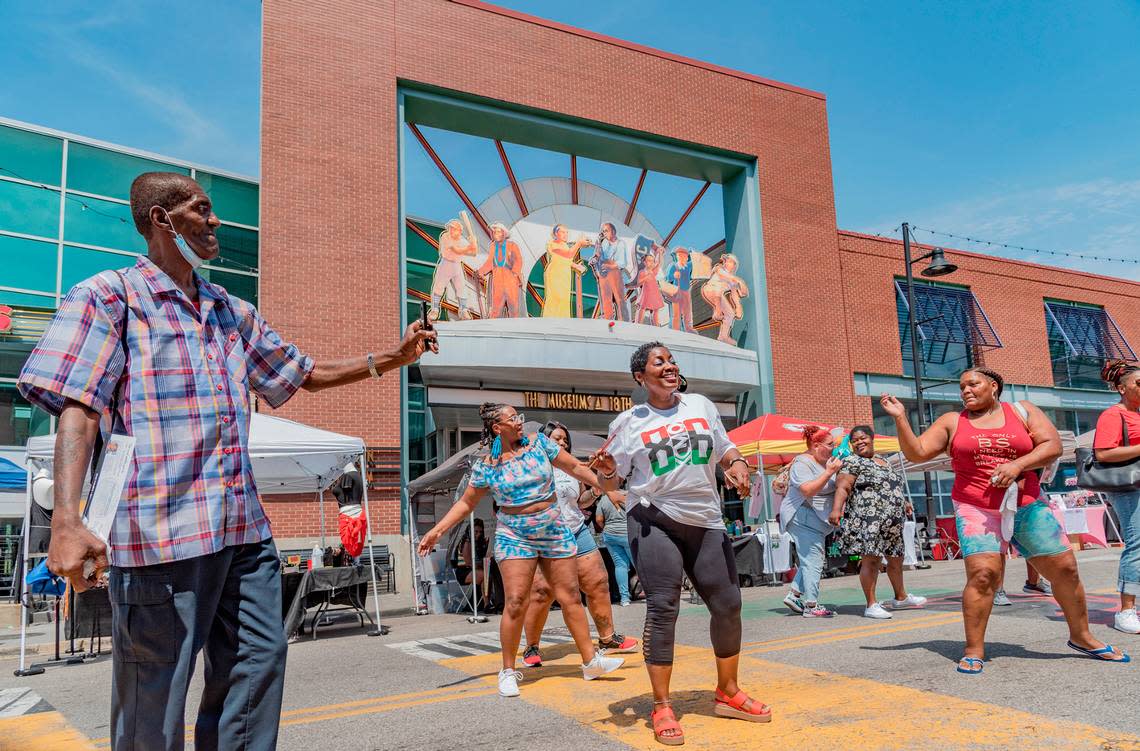
“If you think about Black culture, [18th and Vine] embodies it from the younger folks to the older people, from the flashy to the more subtle, from the minimal to the extreme flamboyant,” said Simeon Taylor, a local poet who has hosted a weekly “Soul Sessions” open mic event in 18th and Vine for the last 12 years.
“Any night on 18th and Vine, you can see some of that. You can sit outside on the patio or on the park bench, and just be entertained by the culture that’s happening.”
Here’s what you need to know when visiting 18th and Vine.
Must eat or drink
Aside from being a historic jazz district, 18th and Vine is also a dining district, with a number of popular restaurants. If you’re swinging by make sure you visit Soiree Steak & Oyster House for steaks and seafood, Smaxx Restaurant for chicken, hamburgers and sandwiches, Velvet Freeze for New Orleans style daquiris or The Kansas City Juke House for live music and southern style bar food.
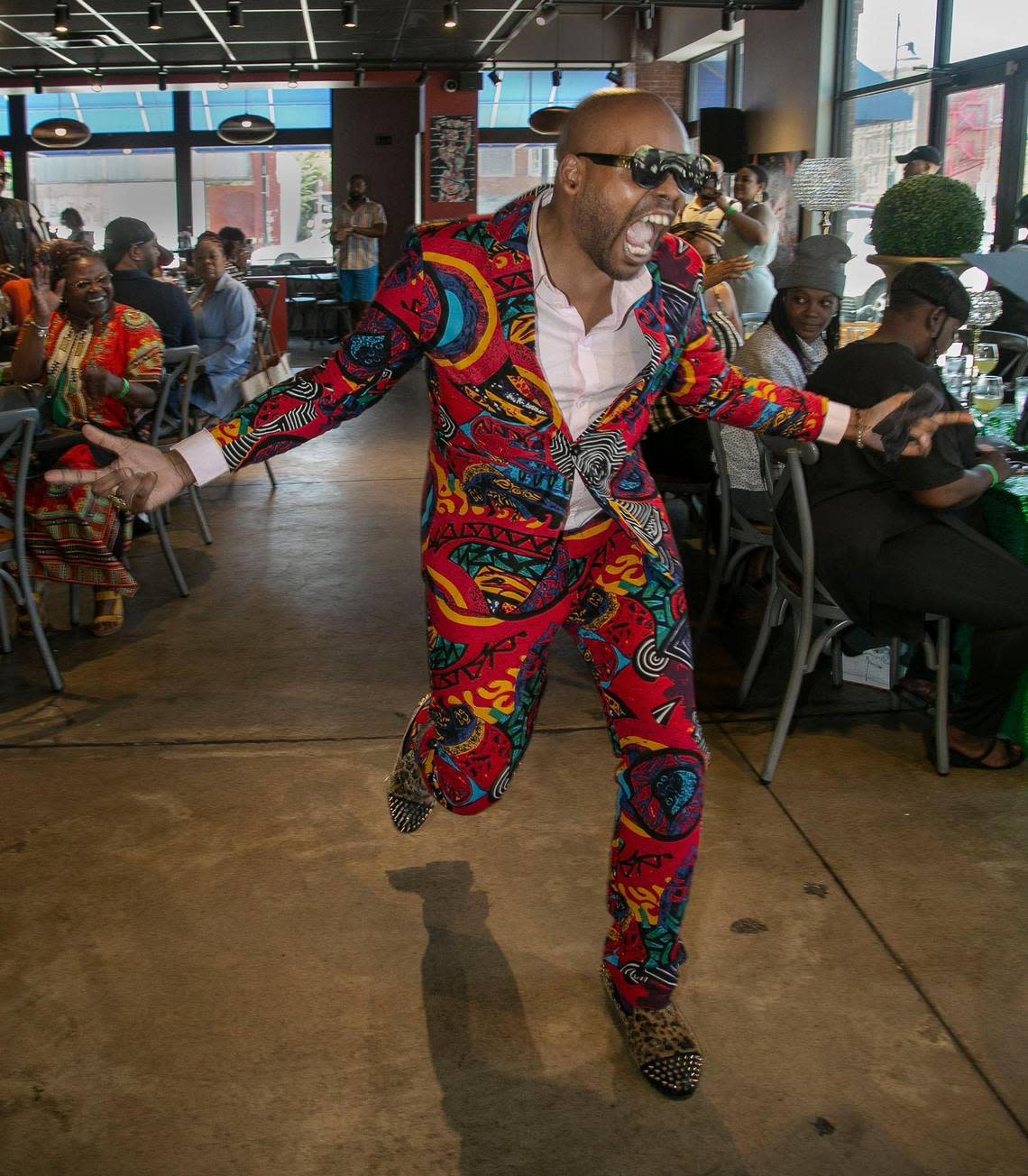
If you’re looking for some classic Kansas City barbeque, you can also visit Arthur Bryant’s Barbeque.
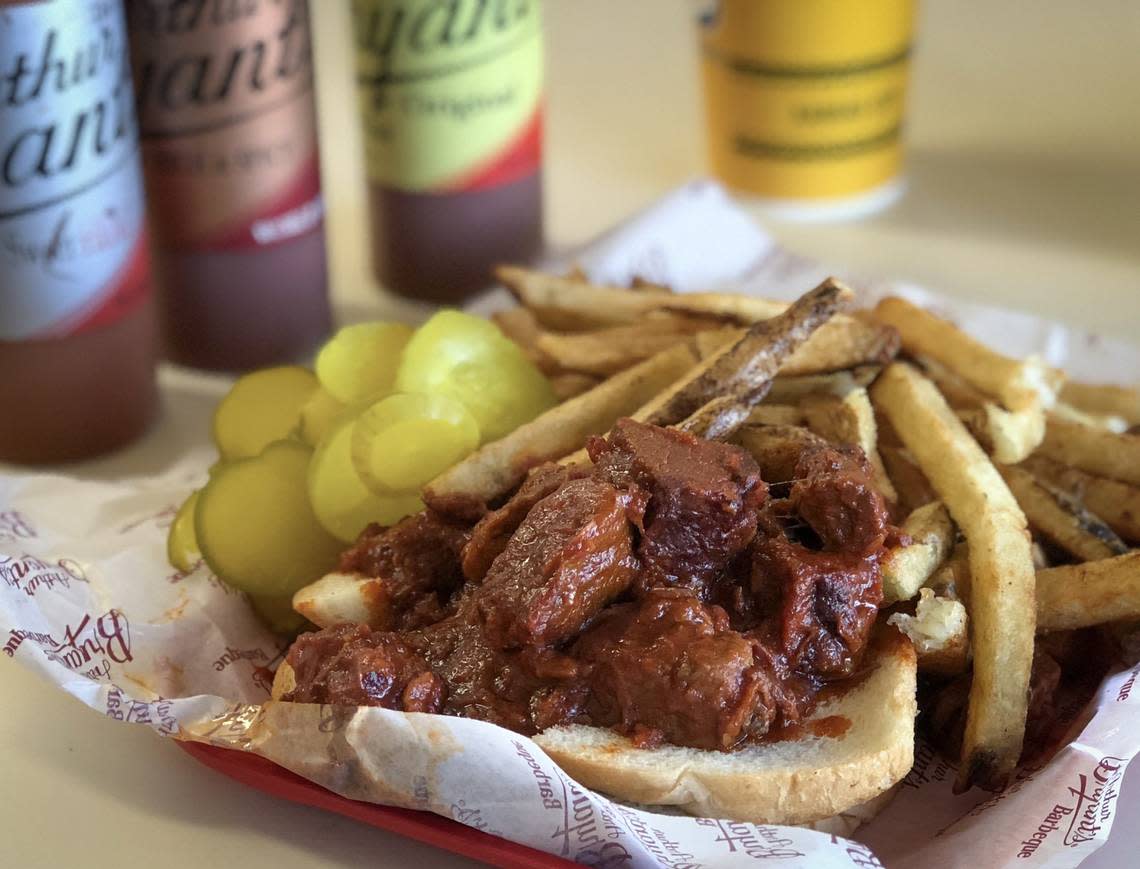
Must do
While you’re visiting the area make sure to stop by the American Jazz Museum and the Negro League Baseball Museum.
“Those are two places that people have to visit to kind of be able to experience the history and culture,” McGee said.
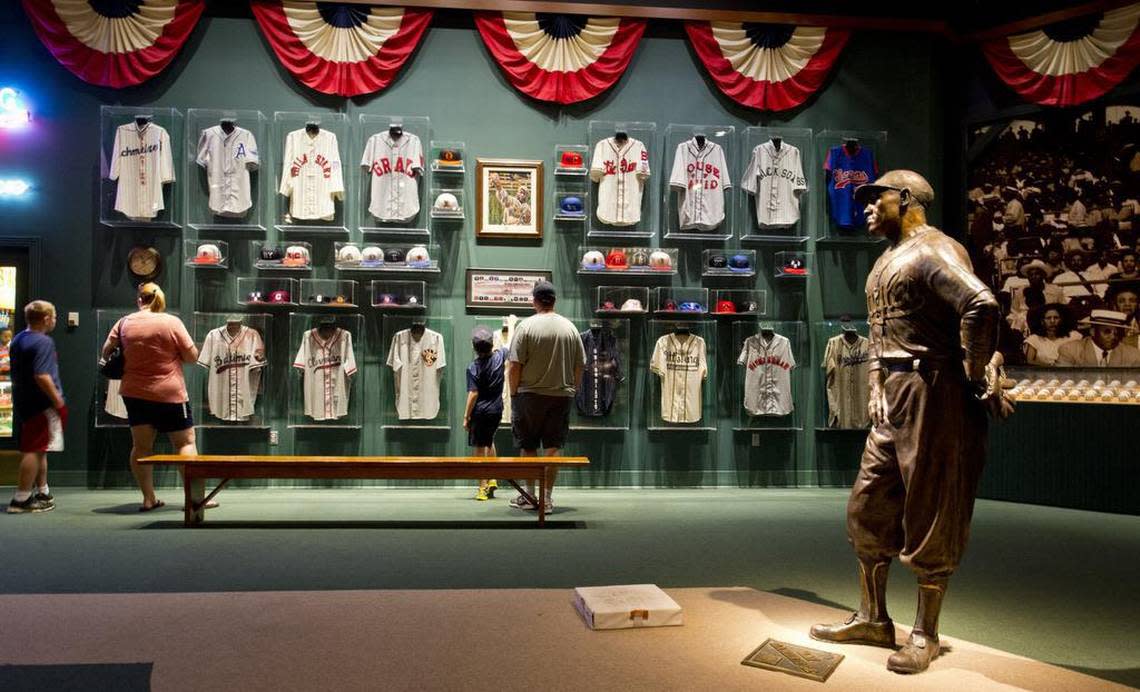
“The American Jazz Museum is a wonderful facility. It’s full of educational aspects to really teach people about jazz and where it comes from.”
People should also stop by the Black Archives of Mid-America to learn about the history of Black Americans in the Midwest.
Iconic thing about the neighborhood
McGee also suggests that everyone visit the Charlie “Bird” Parker statue on 18th and Vine streets. Parker is a Kansas City Jazz legend and saxophonist who helped create the sub-genre of jazz known as bebop in the 1940s.
The green statue is of Parker’s face, with the words “Bird Lives” inscribed on the base. It’s located on the plaza west of the American Jazz Museum at the corner of 18th and Vine Streets.
How to get involved
The 18th and Vine District has a number of weekly event series people can tap into.
“I’d suggest that if they want to stay up on what’s going on, just to go down there on different days because there are different things happening,” Taylor said.
On Mondays, visitors can go to Taylor’s Soul Session event at the Juke House. On Wednesday, there is two-stepping happening at the same venue. On Thursdays, Kansas City’s Hip Hop and R&B radio station, 107.3, hosts a happy hour at Soiree from 7 to 10 p.m. During warmer months, on First Fridays, you can also catch vendors and entertainment lining the streets.
You can also volunteer with the American Jazz Museum.
“We have great volunteers that come down and volunteer at the jazz museum to assist with greeting and assisting visitors around the neighborhood as well,” McGee said.
What it’s known for
One of the main things 18th and Vine District is known for is its history of great jazz music.
“As they say, jazz was born in New Orleans, and it grew up in Kansas City,” McGee said. “So that’s one of our claims to our influence on jazz as a whole: is that when jazz arrived in Kansas City, it transcended the previous form.”

You can still catch a nice jazz performance in 18th and Vine by visiting the Mutual Musicians Foundation, where there’s a bar and lounge that hosts night owl jam sessions on Fridays and Saturdays from midnight to sunrise, every week.
The Blue Room, which is housed in the American Jazz Museum, is another jazz club to check out in the district. The Blue Room is open on Monday, Thursday, Friday and Saturdays.
A bit of history
There’s so much history in the 18th and Vine District, but McGee from the American Jazz Museum said that one of his favorite facts about the area is the story of how jazz icons Charlie Parker and trumpeter Dizzy Gillespie met during a jam session on 18th and Vine streets.
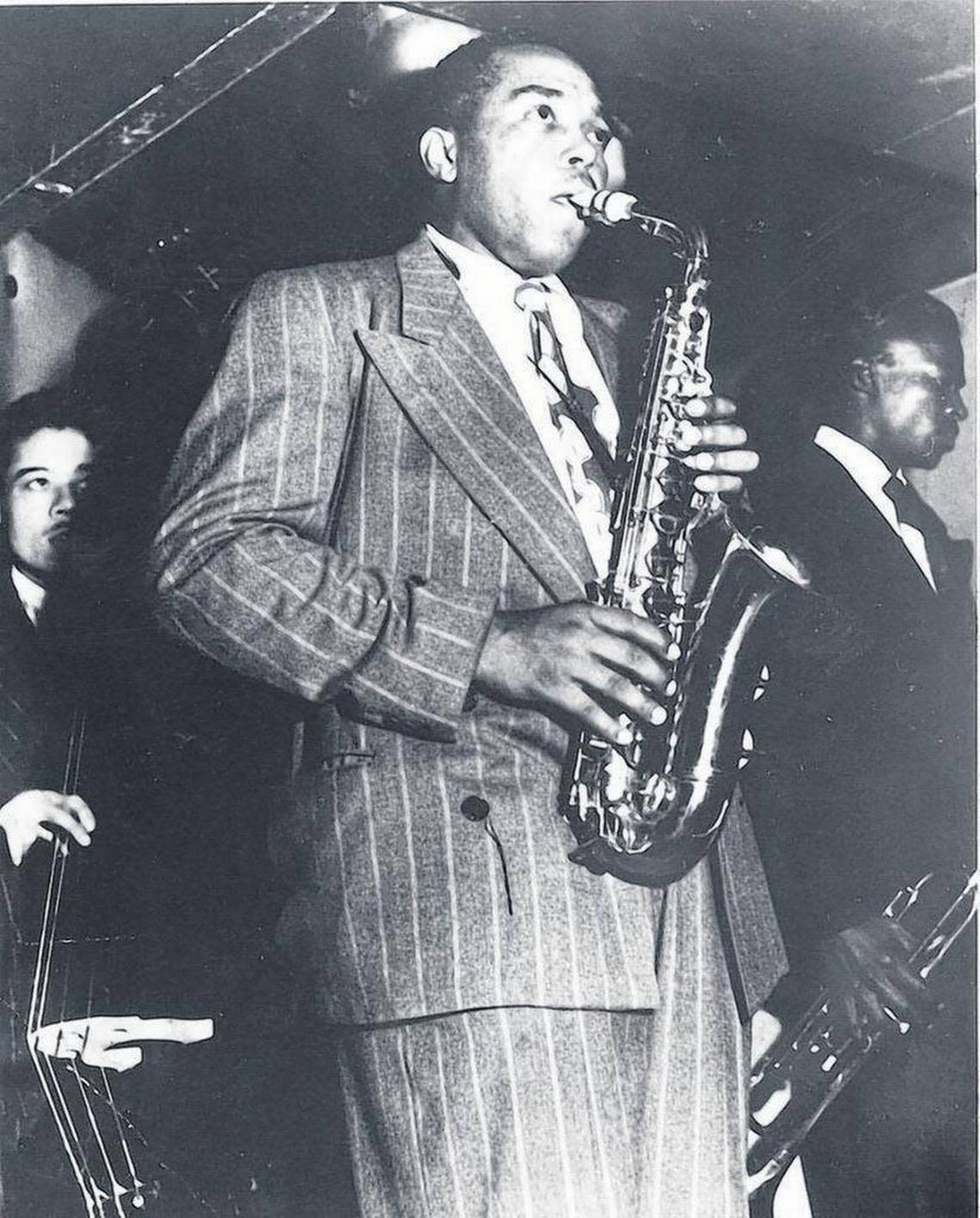
“Charlie Parker and Dizzy Gillespie met in that area at what was known as Old Kentucky Barbecue. That’s where they first introduced each other and they went around the corner of the Mutual Musicians Foundation and jammed and played music,” McGee said.
“Charlie Parker and Dizzy Gillespie are the pioneers of bebop jazz. And that’s where they met and that’s where that style of music had its first informal iteration.”
Did we miss something great about 18th and Vine, or do you want to tell us your favorite thing about your neighborhood? Let us know at kcq@kcstar.com or with the form below.
